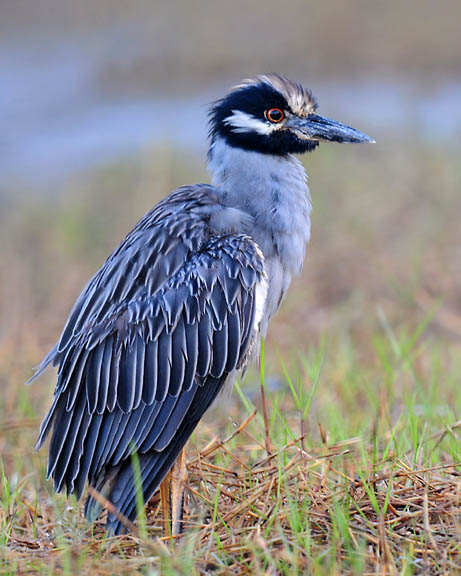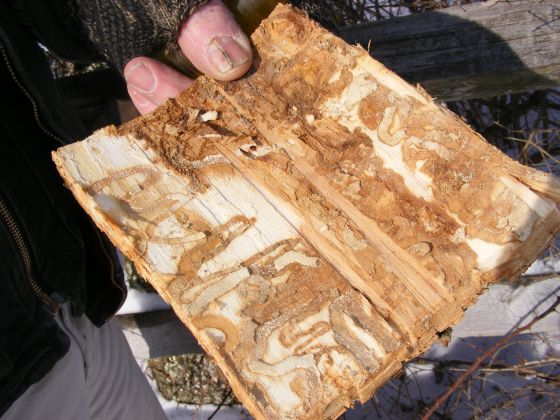
Last weekend I attended an owl prowl at Sewickley Heights Borough Park hosted by Fern Hollow Nature Center. Even though it was cold and dark and our focus was on owls I learned something new about emerald ash borer (EAB), the insect blight that’s killing our ash trees.
At the edge of the playing field, April Claus showed us two dying ash trees. Both had crown die-back, D-shaped holes in the bark, sucker branches on the trunk and a lot of woodpecker damage. The dieback and sucker branches indicated these trees were struggling for their lives and losing the battle. Extensive woodpecker damage indicated the trees were infested with bugs.
What bugs? All the signs, especially the D-shaped exit-holes, pointed to EAB.
Before taking the next step park staff carefully inspected both trees and determined they were indeed doomed. They then cut a sample of bark from one of the trees and sent it to bug experts for analysis. When they cut off the bark they found extensive galleries (the tunnels inside the bark, pictured here) and larvae imbedded in the cambium.
Yes, it is EAB and there is no cure.
So now what? Sewickley Heights Borough Park staff and volunteers are examining all the ash trees in the park, looking for similar damage. They hope to select a few choice ash trees and protect them through preventative treatments. The treatments are targeted and expensive and cannot save all the trees, only a few. The hope is that EAB will reach a peak and then recede, as did the gypsy moth, and that these few trees will survive as breeding stock for the future.
Other than trying to save a few trees there is nothing anyone can do. As April said, “Right now there is no end in sight.”
(photos by April Claus, Director of Environmental Education, Fern Hollow Nature Center)
p.s. See two prior blogs on this topic: The Month for the Ax… and …Purple Panels in the Trees
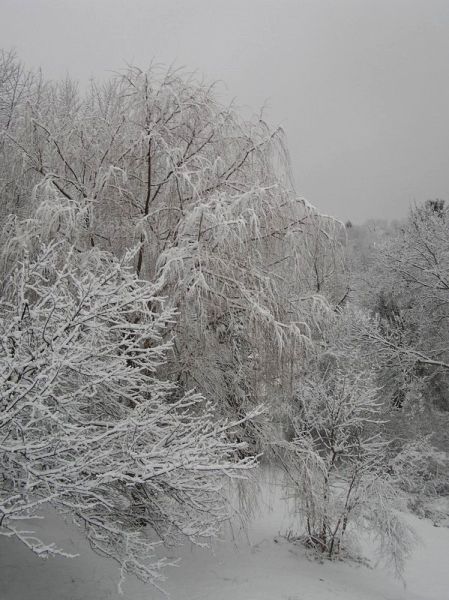

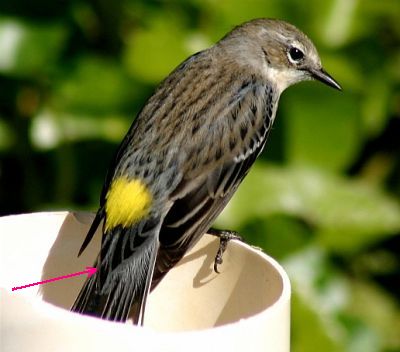 Here’s a bird who’s a natural for today’s anatomy lesson.
Here’s a bird who’s a natural for today’s anatomy lesson.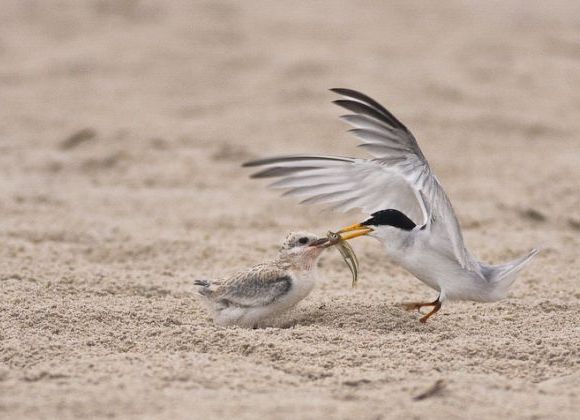
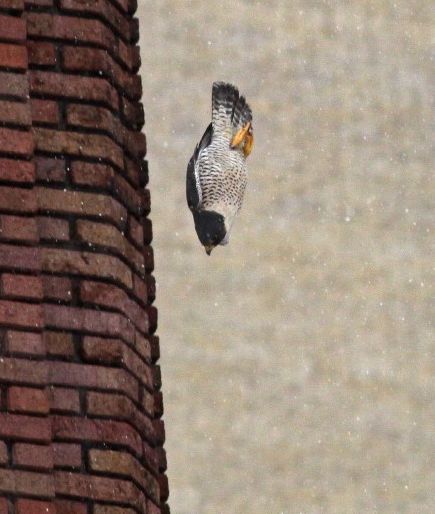
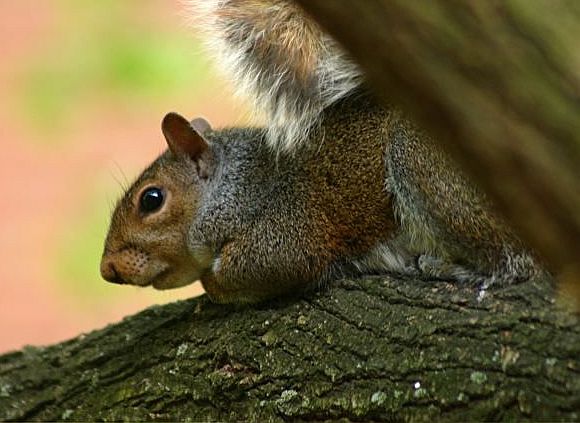
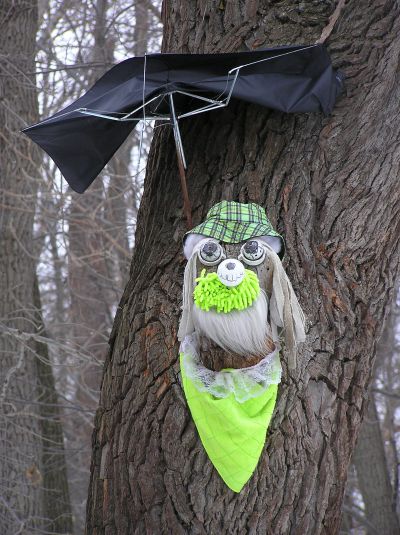
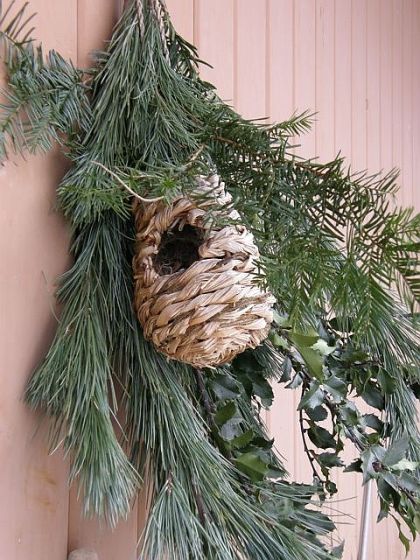 That’s the question a lot of PABIRDers asked when the weather broke in mid-January.
That’s the question a lot of PABIRDers asked when the weather broke in mid-January.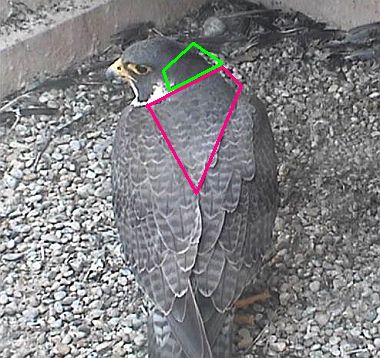 Dorothy has agreed to pose for another anatomy lesson so today I’ll cover two of the features she’s showing in this picture: nape and mantle.
Dorothy has agreed to pose for another anatomy lesson so today I’ll cover two of the features she’s showing in this picture: nape and mantle.